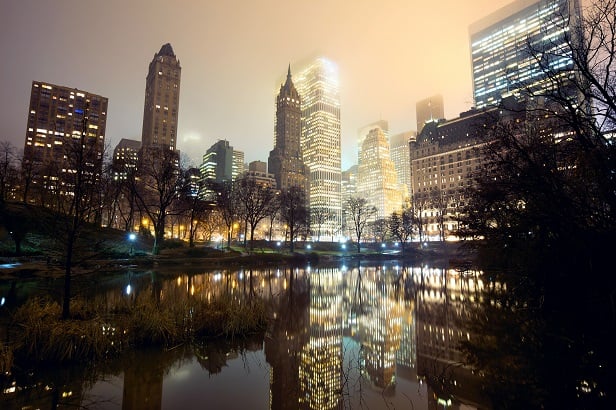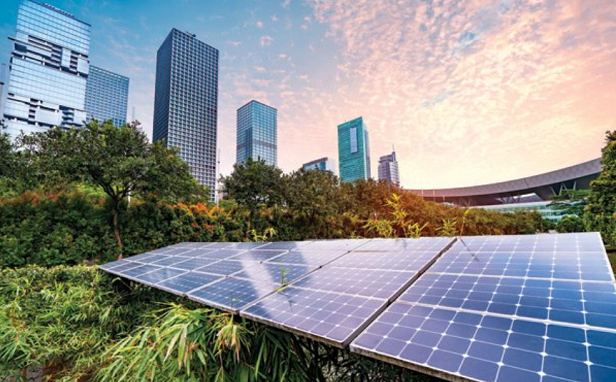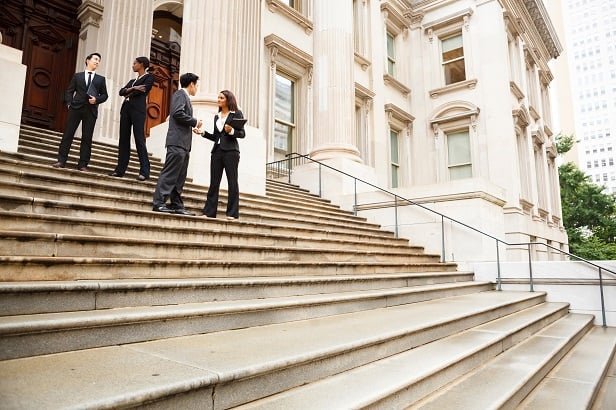WASHINGTON, DC—Going green can increase the property value of an old office building by up to $800,000. That is according to a new report released by the Urban Land Institute, "Unlocking Hidden Values in Class B/C Office Buildings."
Class B and C properties are typically older and less technologically-advanced office buildings. These building owners often want to go green, but are constrained by day-to-day management needs, limited staff, and smaller budgets. To reduce their environmental impact, they need easy, low-cost fixes.
Recommended For You
Want to continue reading?
Become a Free ALM Digital Reader.
Once you are an ALM Digital Member, you’ll receive:
- Breaking commercial real estate news and analysis, on-site and via our newsletters and custom alerts
- Educational webcasts, white papers, and ebooks from industry thought leaders
- Critical coverage of the property casualty insurance and financial advisory markets on our other ALM sites, PropertyCasualty360 and ThinkAdvisor
Already have an account? Sign In Now
*May exclude premium content







